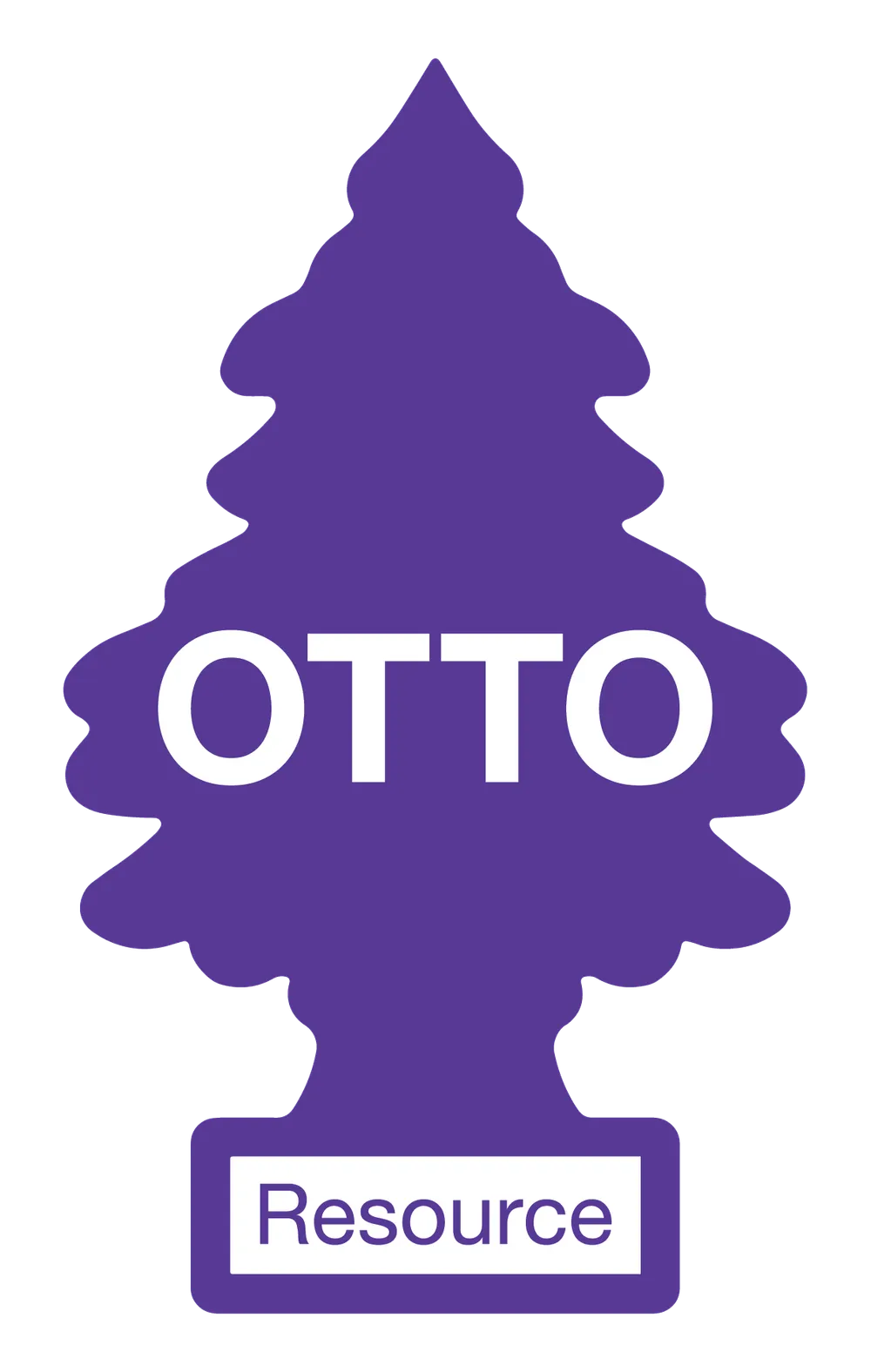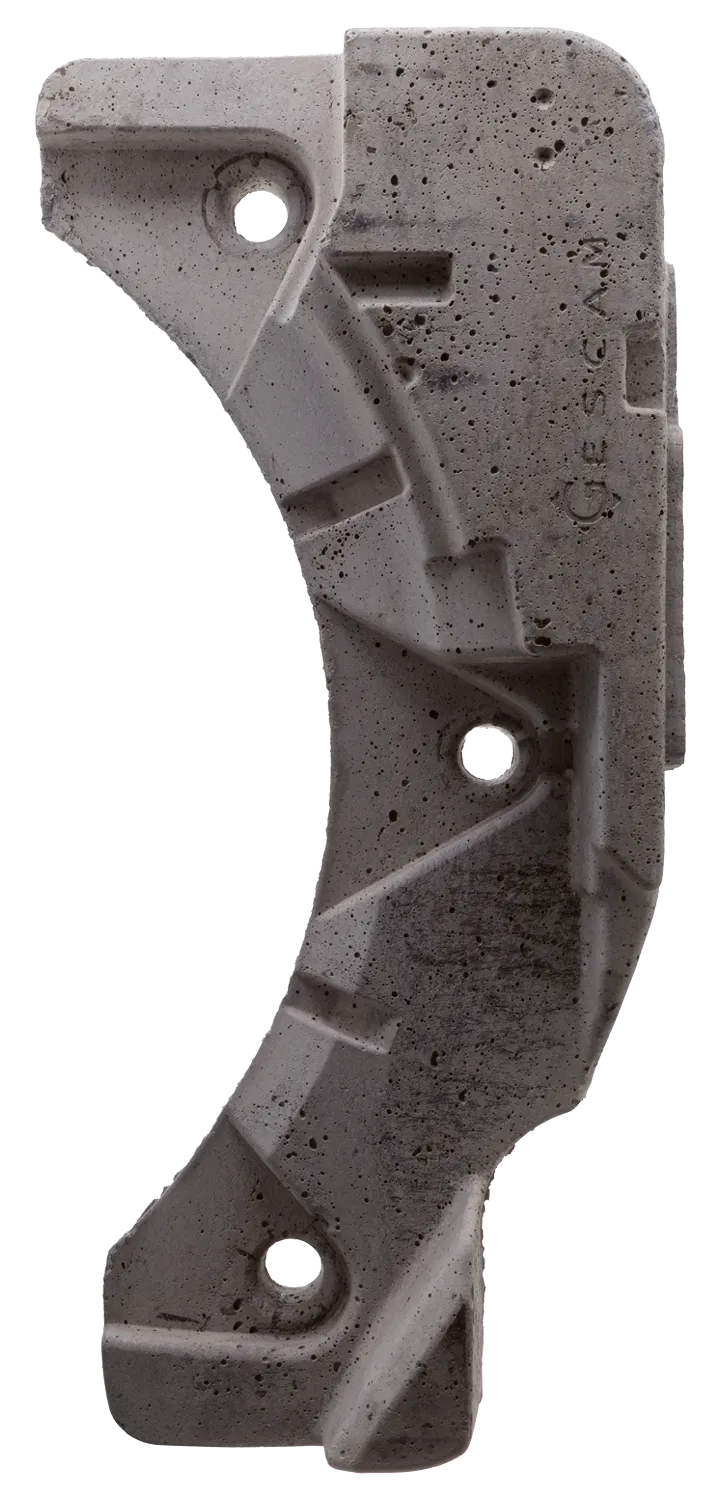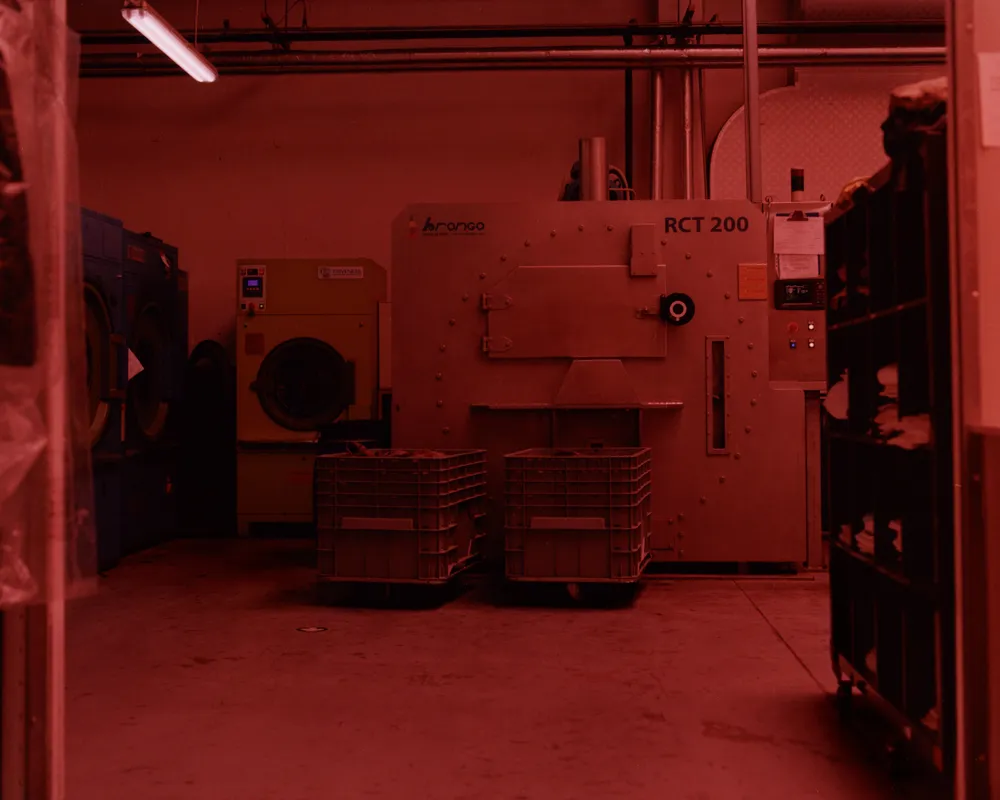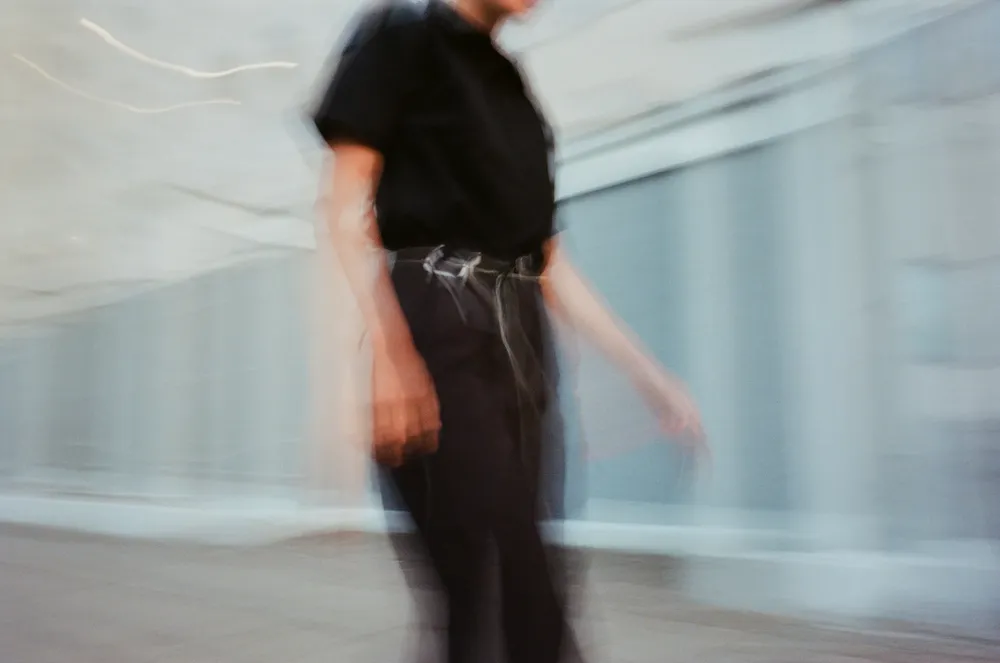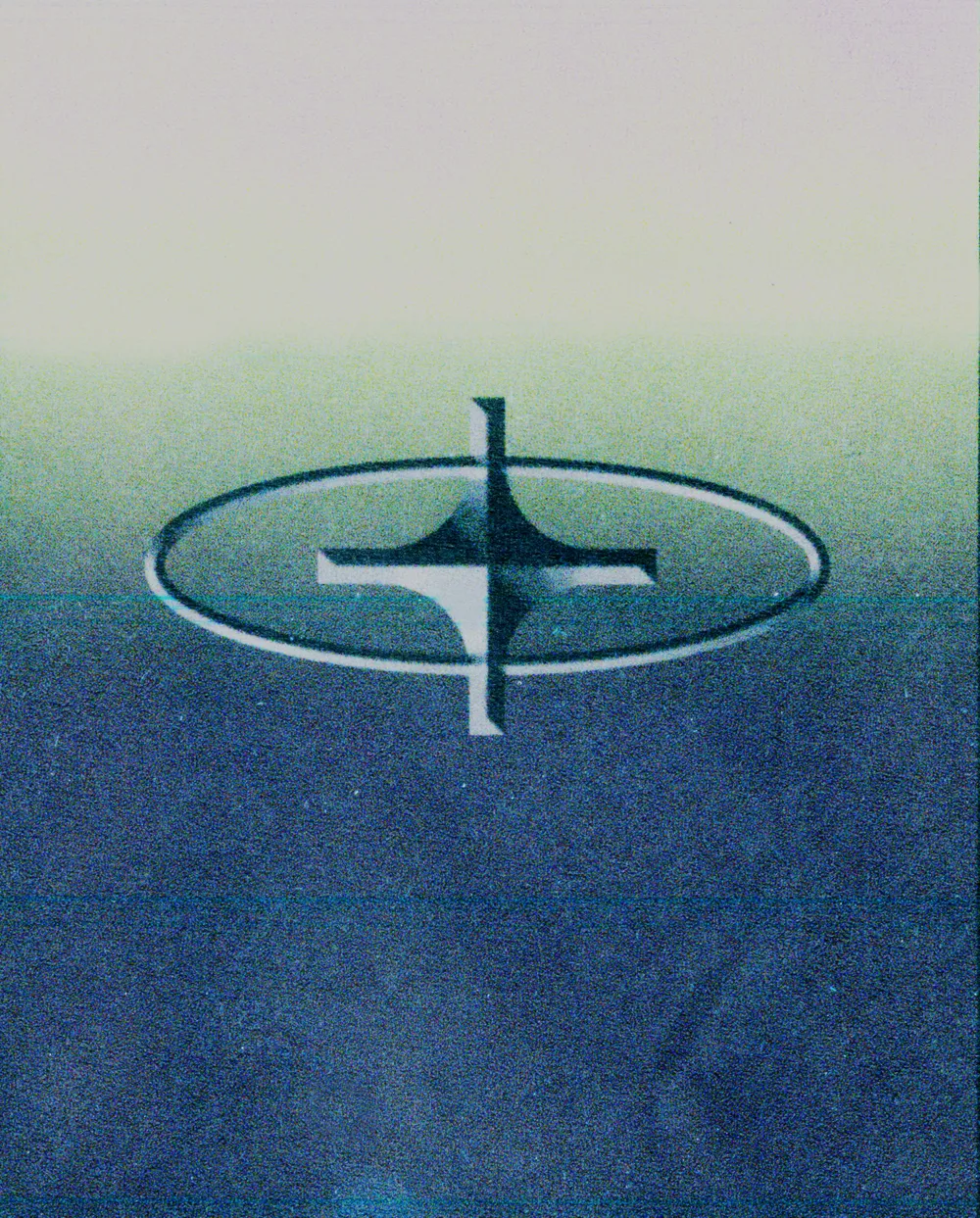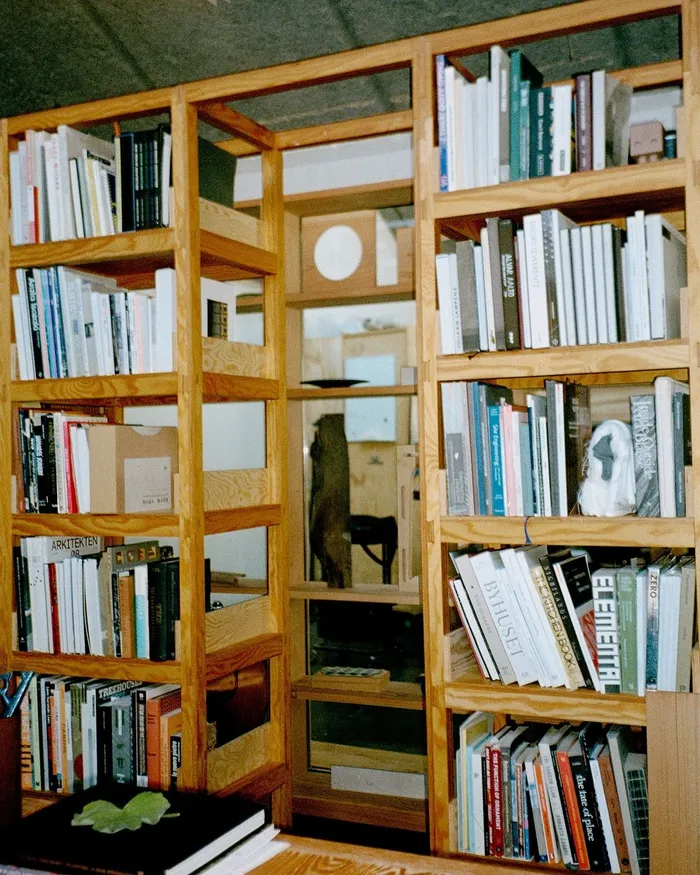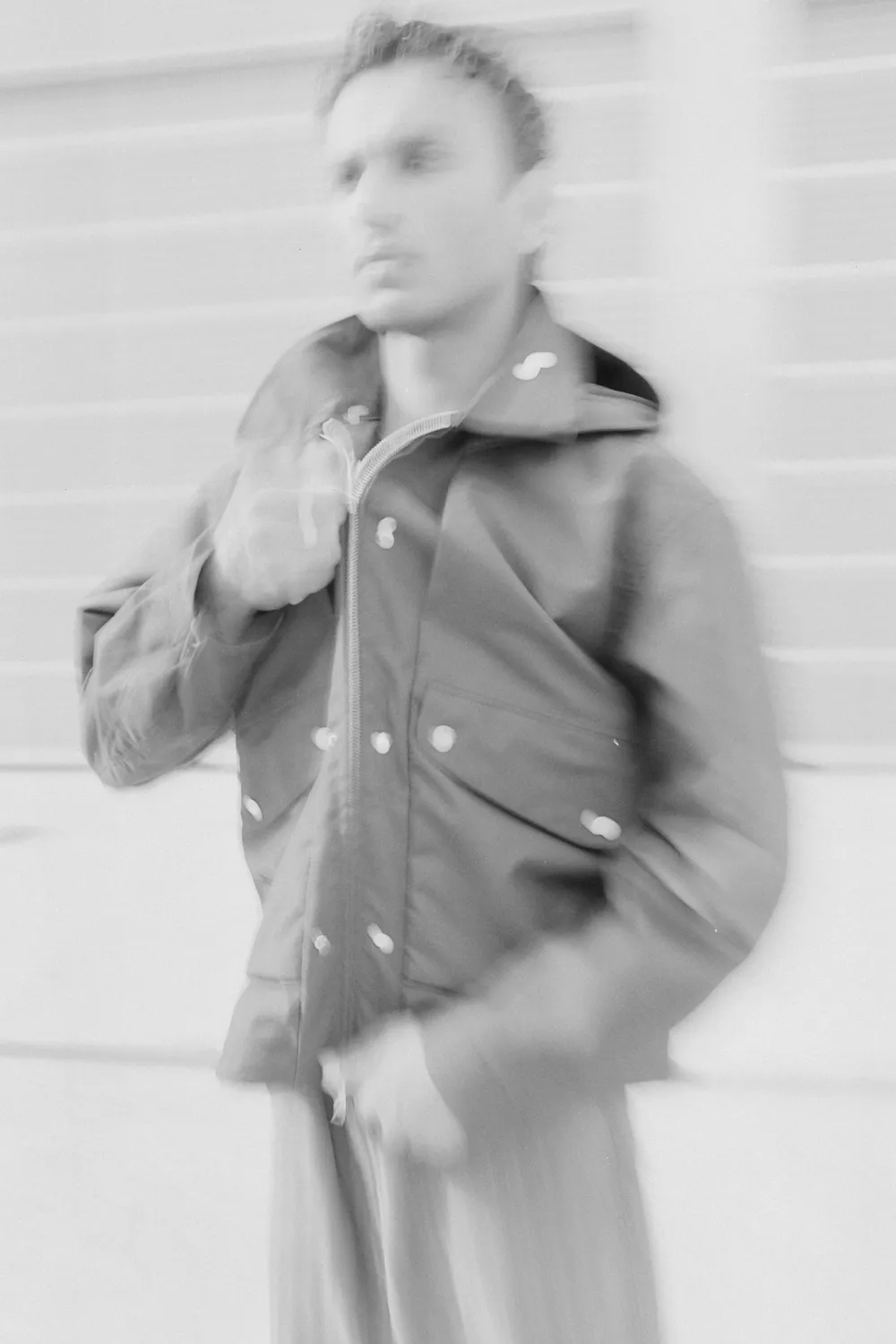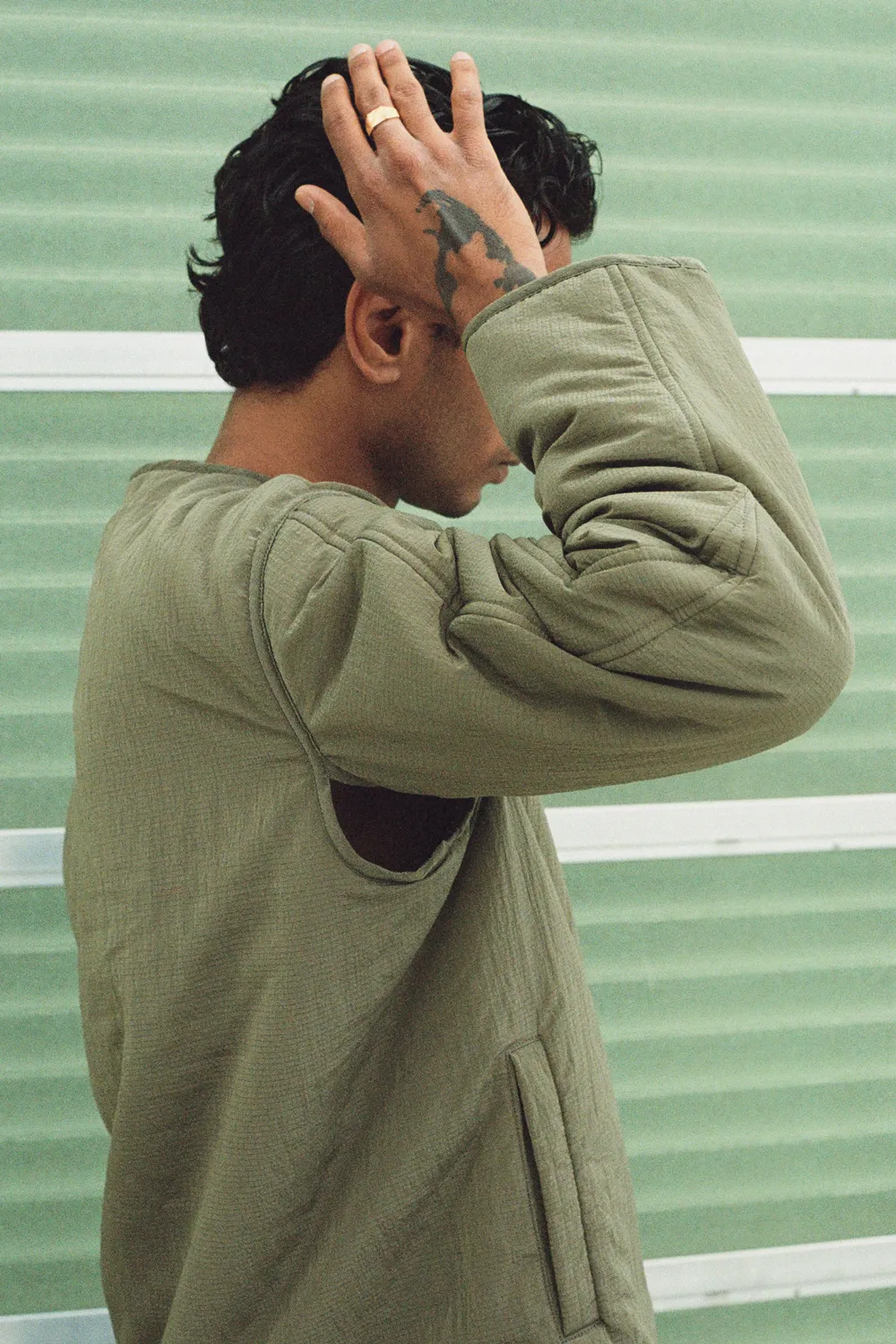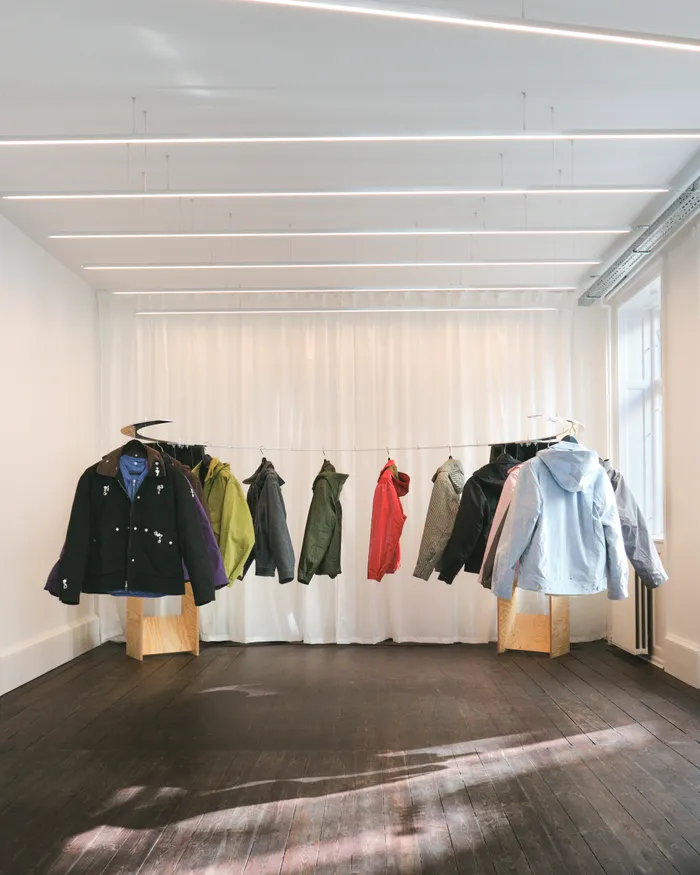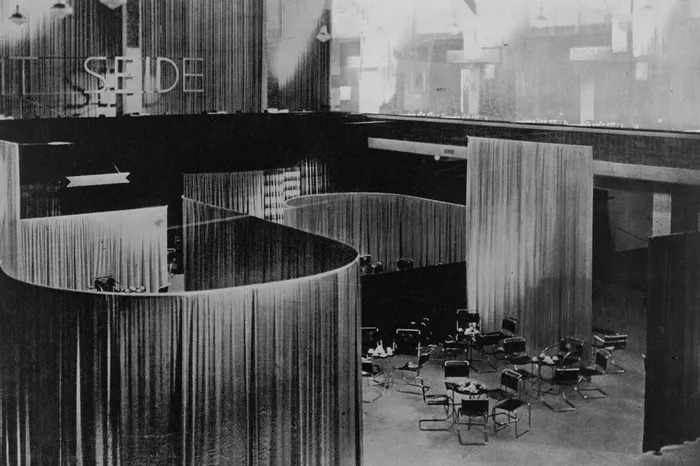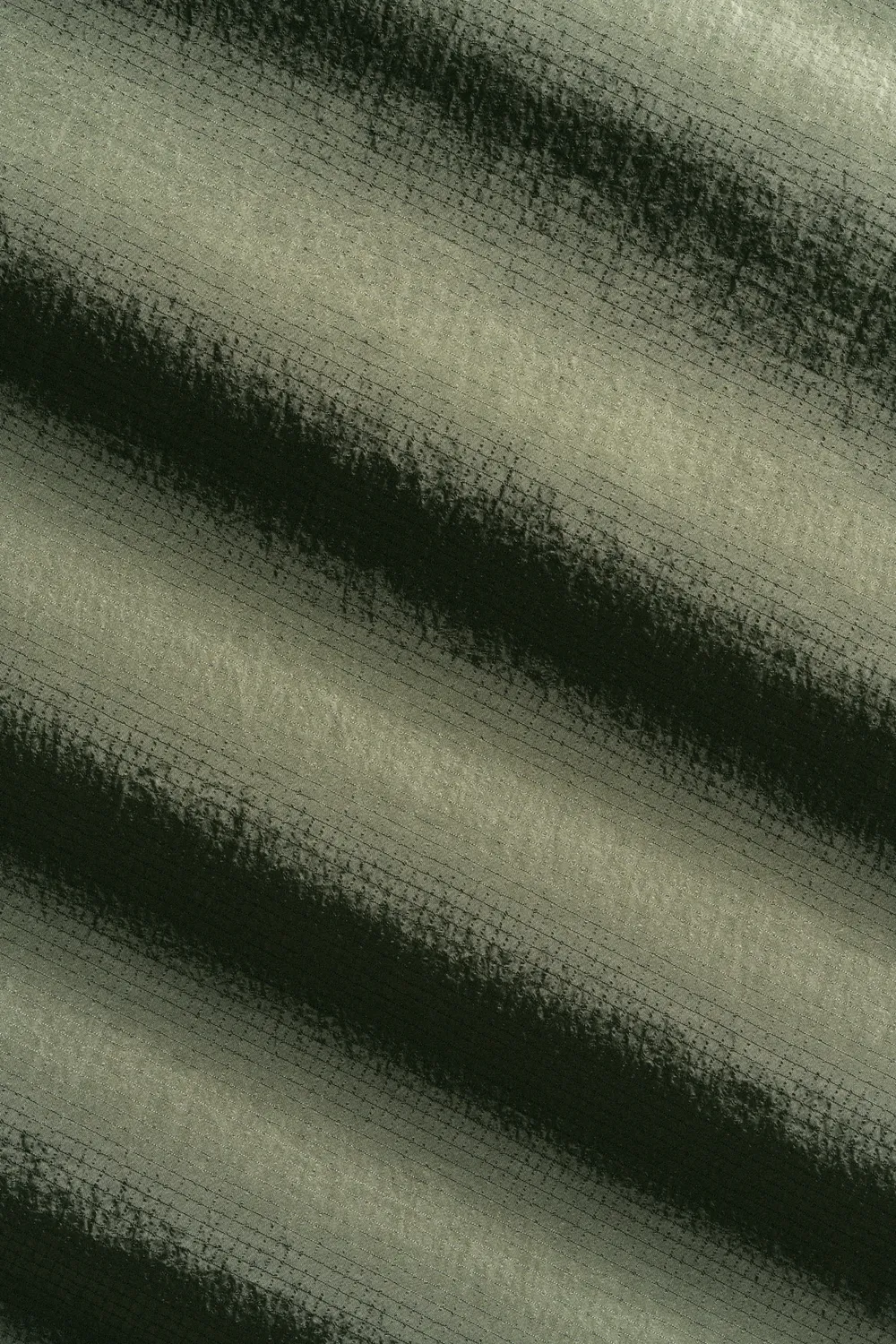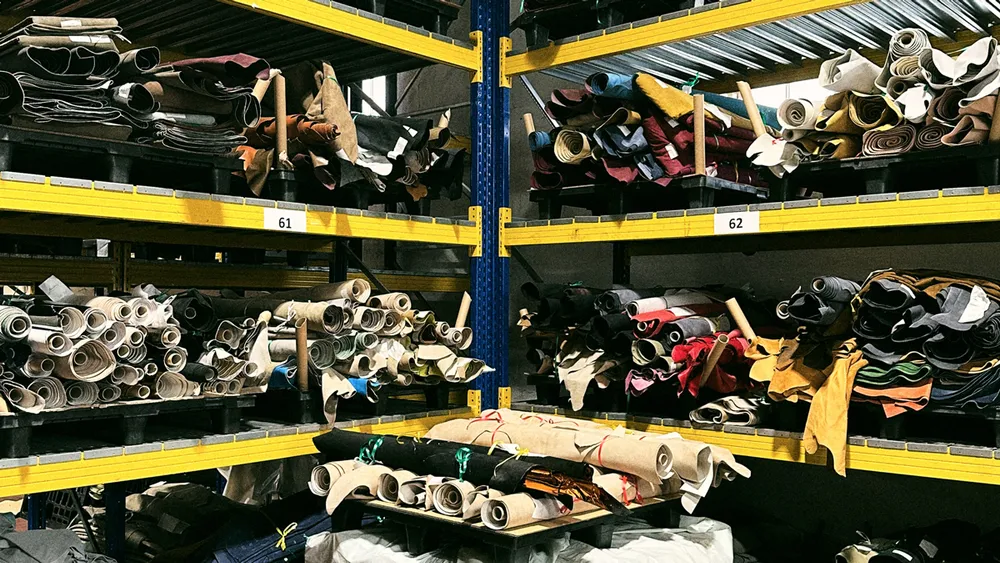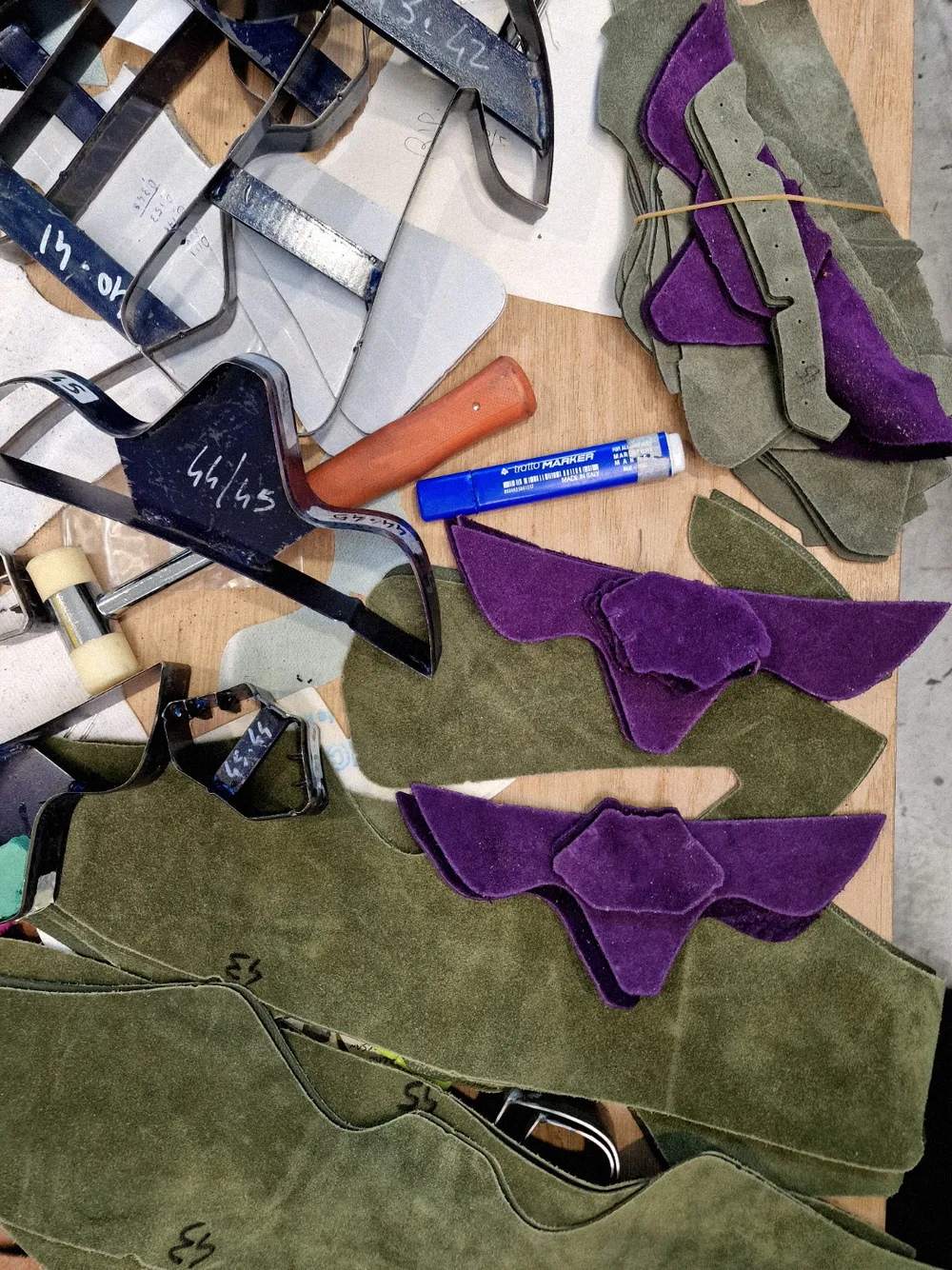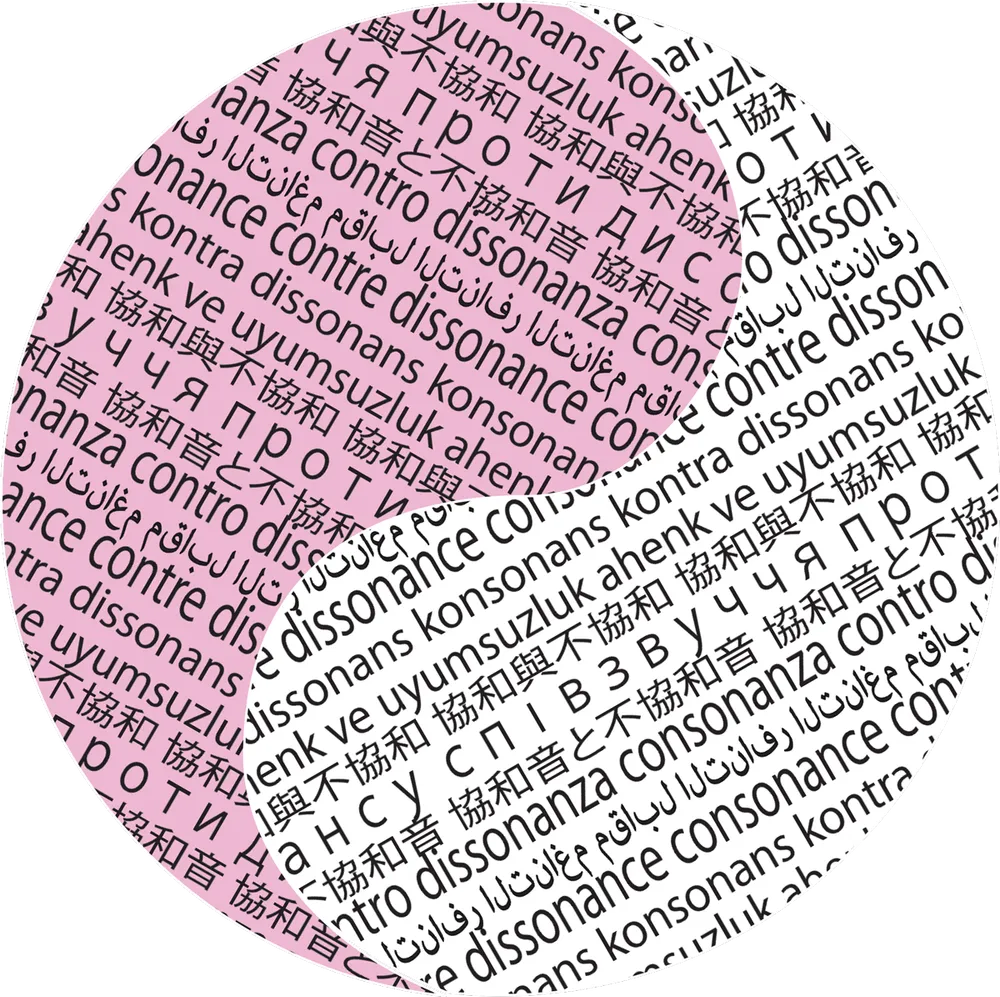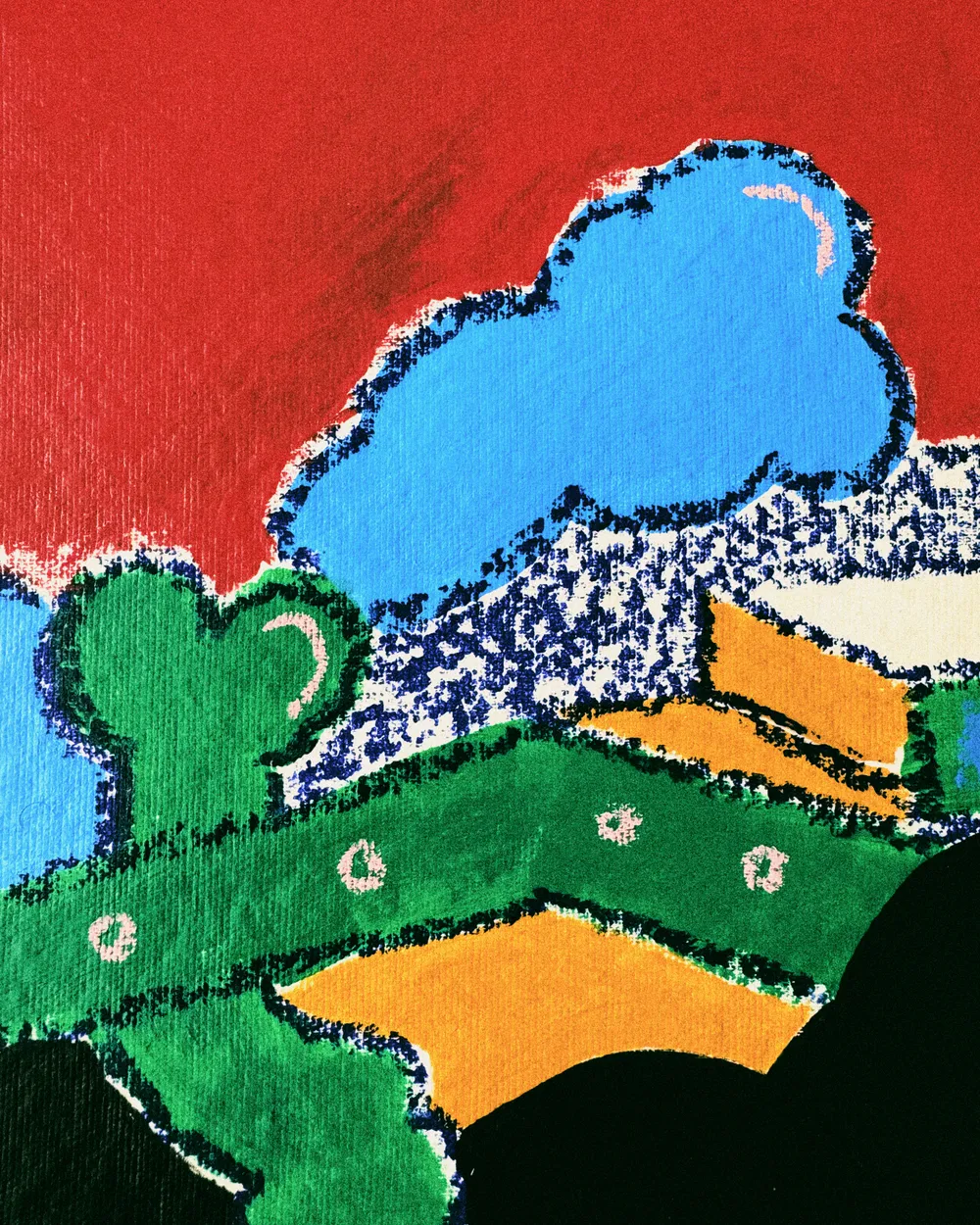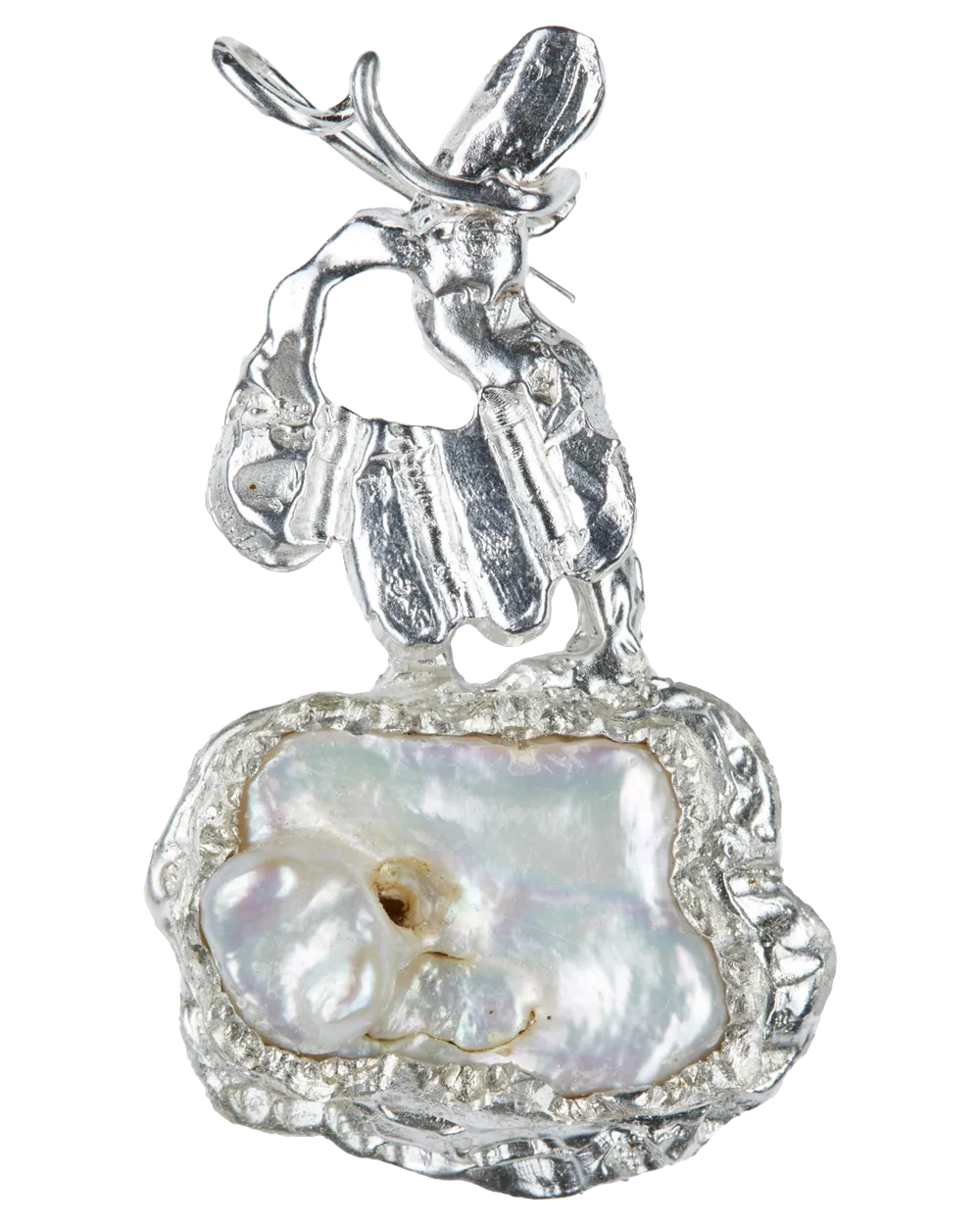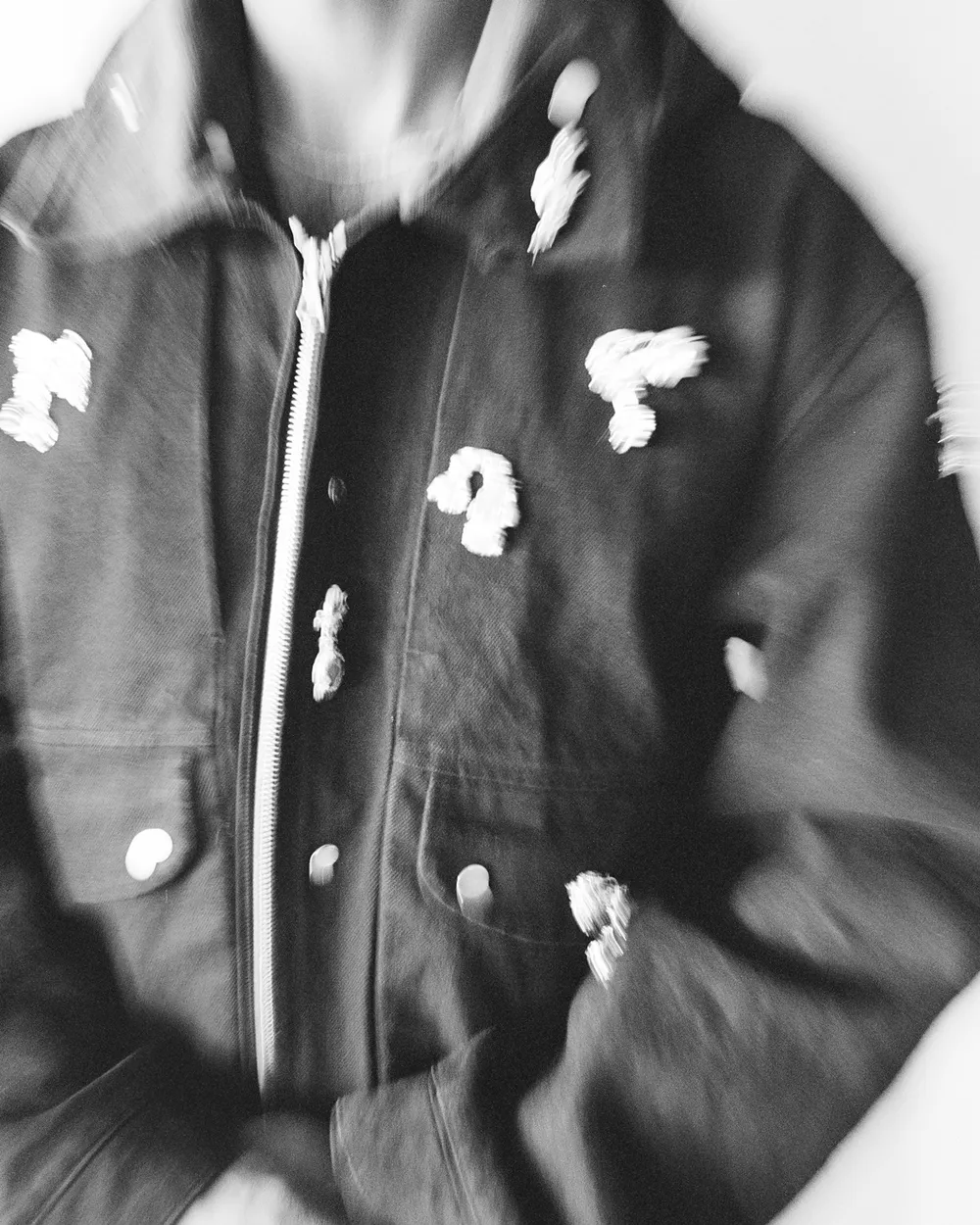In August 2024, Otto Resource and the Copenhagen-based concept store Grocery unveiled “Function Complex”, their first-ever collaborative exhibition. Held in Grocery’s new activation space in Nørrebro, the exhibition focused on the possibilities (and necessity) of improved research, accessible tools, and community infrastructure across today’s fashion landscape.
Among others, the exhibition references the work and philosophies of Austrian-born American designer and educator Victor Josef Papanek was an Austrian-born American designer and educator who became — and remains — one of contemporary culture’s strongest advocates for socially and ecologically responsible design in products, tools, and community infrastructures.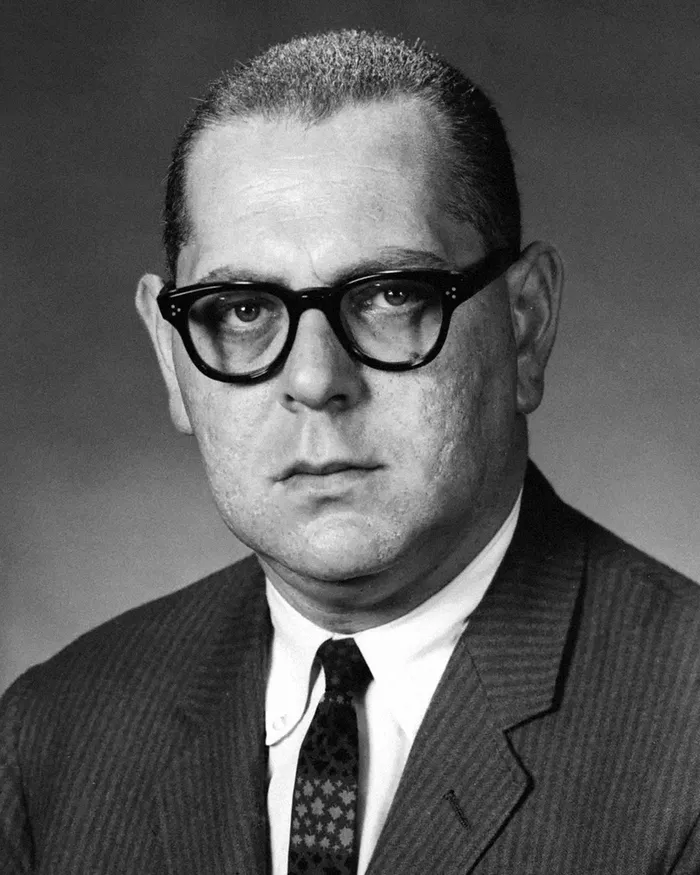
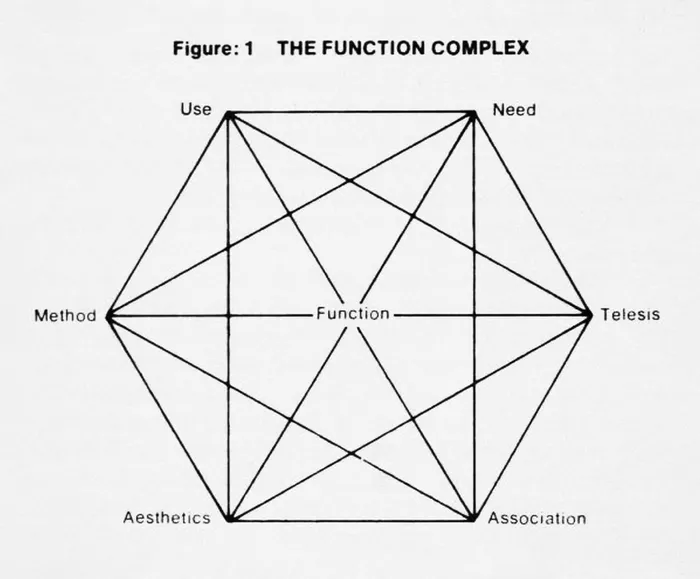
Given the continued relevance of Papanek’s theory, Otto Resource and Grocery set out to develop a case study that applied it to the sociological and ecological problems affecting the fashion industry today. With said industry having become increasingly definable in recent years — resulting largely by “copycat culture” — the exhibition pushed beyond such assessments to embrace and revel in the beauty of process and deeper consideration.
Papanek argued that design is a conscious and intuitive effort to impose meaningful order, and the “Function Complex” is a method for achieving this. The system considers six functional requirements, visualized in a graph: Method, Association, Aesthetics, Need, Telesis, and Use.
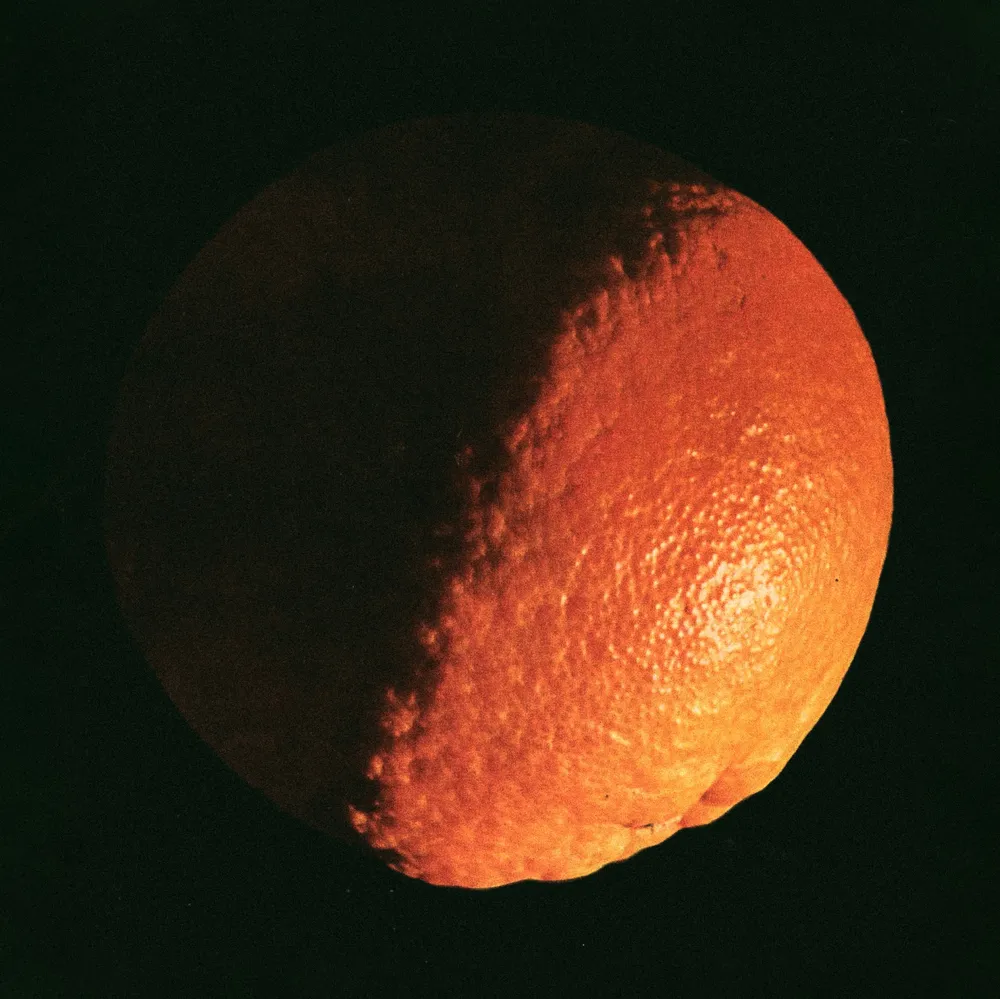
Scheiwiller Editore’s cover for “Good Design”, the seminal publication by Bruno Munari that subjected various forms of nature to the judgment of the modern designer, 1963
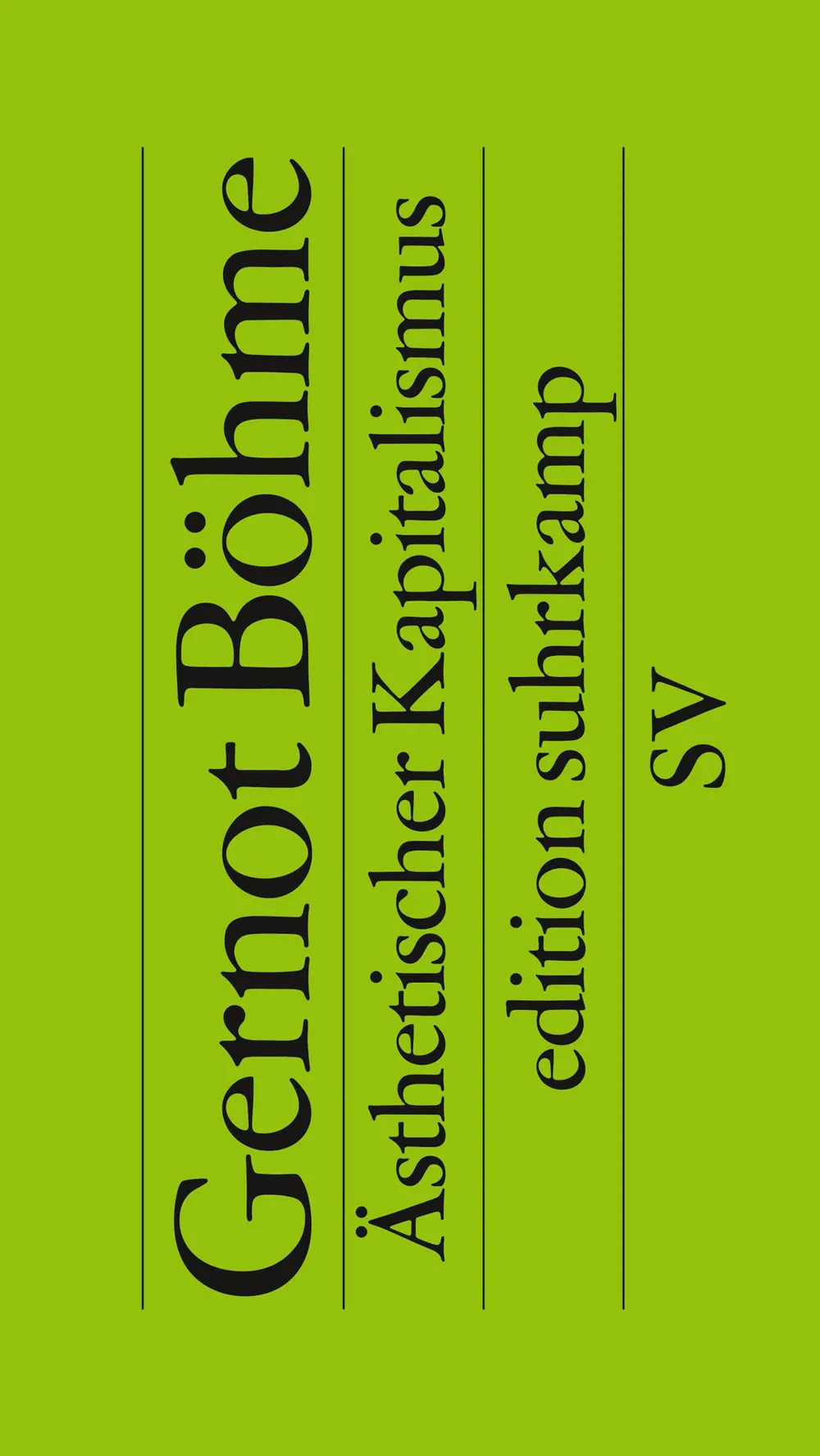
Gernot Böhme’s “Ästhetischer Kapitalismus” as published by Suhrkamp in 2016.

Victor Papanek filming the WNED-TV Channel 17 program “Design Dimensions” in Buffalo, New York, 1961–1963
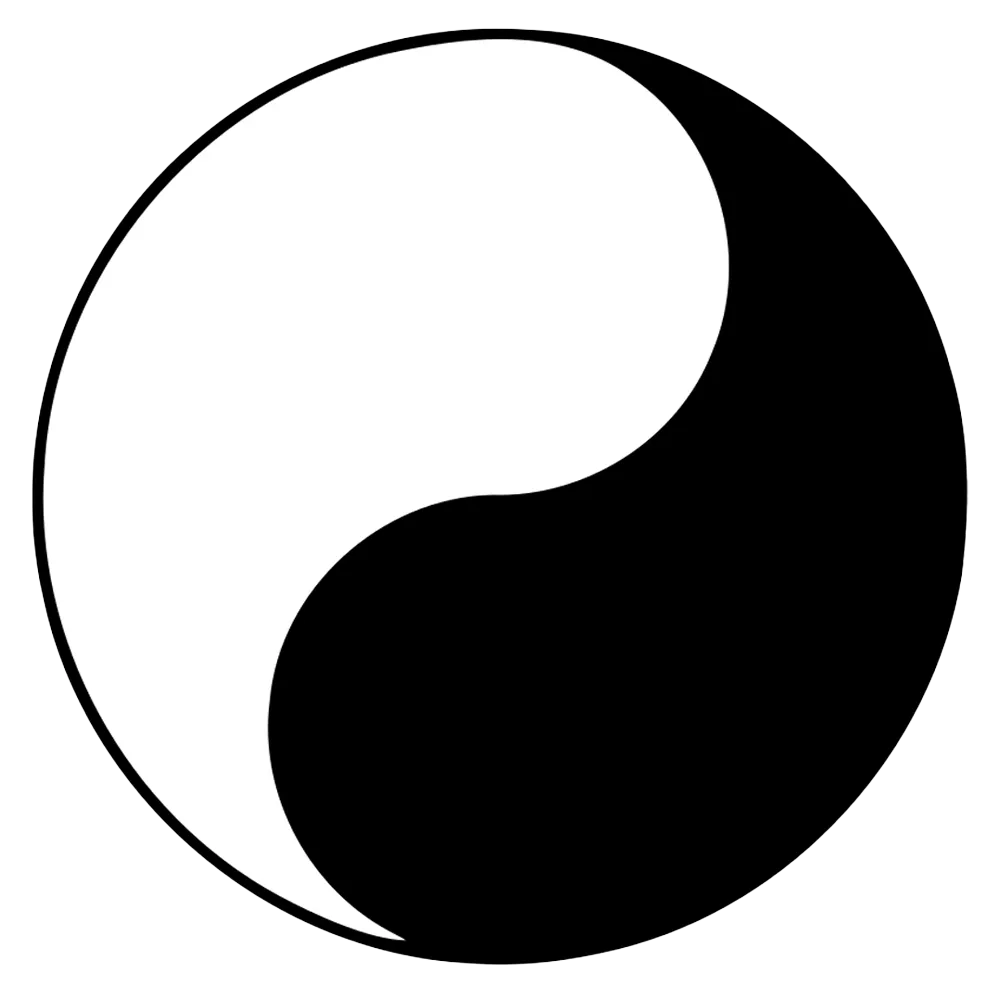
The yin and yang symbol features on Papanek’s original “Function Complex”, with him explaining that “the monad appears at each of the six aspects, indicating the soft–hard, feeling–thinking, intuitive–intellectual mix, which determines each of these six evaluative criteria.”
Papanek’s reflections on the very foundations of meaningful — and for lack of a better term, “good” — design were far ahead of their time. The requirement of Telesis, for example, remains largely unconsidered even today. It refers to the necessity of paying attention to the cultural Zeitgeist and the socioeconomic order in which one operates. However, Papanek also notes that economic pressures often lead to environmentally undesirable design outcomes, with such pressures potentially even dissolving the need to cater to the Zeitgeist, often referred to as the “spirit of the times”, describes the prevailing trends, moods, attitudes and cultural climate of a particular era or moment. It captures the essence of a specific time, reflecting the collective mindset and values of society during that period.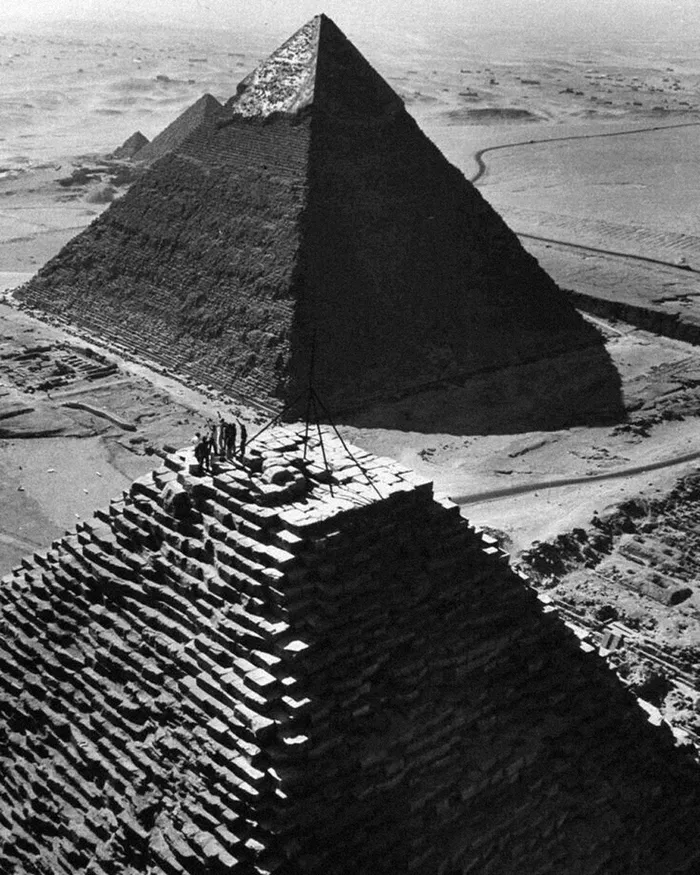
Having long grappled with (and understood) this particular shortcoming, Otto Resource sought to reemphasize the importance of research with “Function Complex”, all while proposing an informed and systematic approach that can be practiced almost entirely free of charge.






